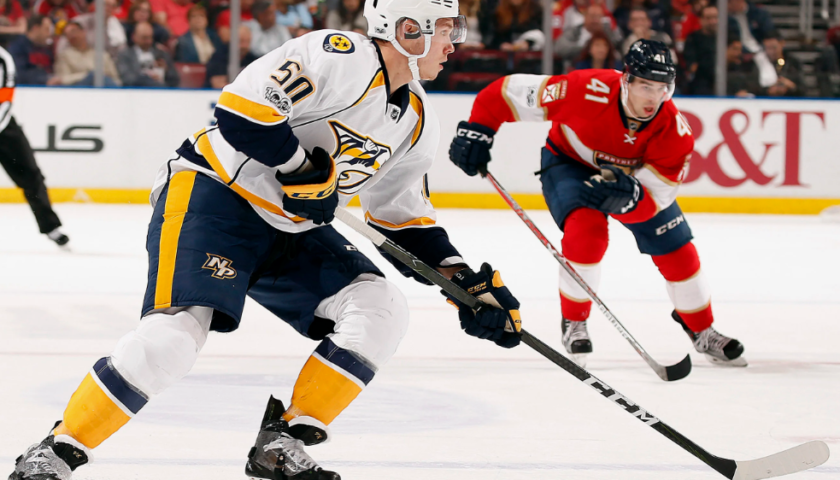In the world of sports, innovation is a constant pursuit to enhance both performance and safety. The basketball court, where athletes showcase their skills, agility, and teamwork, has seen its share of advancements. One such development is the basketball face shield—a piece of protective gear that has gained attention for its potential to provide players with an extra layer of safety. In this article, we’ll delve into the concept of basketball face shields, exploring their benefits, challenges, and impact on the game.
**1. The Genesis of Basketball Face Shields
The introduction of face shields in basketball was largely influenced by the ongoing concerns about player safety, particularly in contact sports. While basketball is not as physically demanding as football or hockey, collisions, stray elbows, and inadvertent contact can still occur during the fast-paced action. The idea behind the face shield is to reduce the risk of facial injuries while allowing players to focus on their performance without fear of getting hurt.
**2. Protection and Injury Prevention
Basketball face shields are designed to provide an extra layer of protection for players’ faces, including the eyes, nose, and mouth. They are usually made from high-impact, shatter-resistant materials like polycarbonate, which can absorb and distribute the force of impact. The shield’s transparent nature ensures that players’ visibility remains uncompromised, allowing them to maintain their court awareness and gameplay.
**3. Benefits of Basketball Face Shields
- Enhanced Safety: The primary benefit of basketball face shields is undoubtedly player safety. By reducing the risk of facial injuries, players can confidently engage in the game without the fear of getting hit in sensitive areas.
- Confidence Boost: Injuries, especially facial injuries, can have a psychological impact on players. The presence of a face shield can boost players’ confidence, allowing them to play more aggressively and without distraction.
- Reduced Distraction: Traditional protective measures like masks or goggles can sometimes impair a player’s peripheral vision or comfort. Face shields, when designed well, can minimize such distractions and provide a more natural playing experience.
- Injury Recovery: Face shields can also be valuable for players recovering from facial injuries. They can enable athletes to return to the court earlier while their injuries heal, reducing the risk of further damage.
**4. Challenges and Considerations
While basketball face shields offer significant benefits, they are not without challenges:
- Adaptation Period: Players who are not used to wearing face shields may experience an adaptation period. The feel and weight of the shield can be different from playing without any protective gear.
- Airflow and Fogging: Proper ventilation is crucial to prevent fogging, which can obstruct vision during intense play. Design modifications are necessary to address this challenge.
- Comfort and Fit: Ensuring that the face shield fits comfortably and securely without interfering with a player’s movements or comfort is essential.
- Regulation and Acceptance: The introduction of face shields has raised questions about whether they should be universally adopted or left to players’ discretion. Regulation and acceptance within the basketball community are important aspects to consider.
**5. The Evolution of Safety Gear
Basketball face shields are part of a larger trend in sports towards more advanced and specialized protective gear. From helmets in football to padding in hockey, the sports industry continually seeks to improve the safety of athletes without compromising their performance.
**6. The Impact on the Game
The introduction of basketball face shields could potentially impact the game in several ways:
- Style of Play: Players who wear face shields may become more confident in driving to the basket, defending aggressively, and challenging for rebounds without the fear of facial injuries.
- Defensive Tactics: Defenders might employ different strategies, such as trying to disrupt a player’s vision by aiming for the face shield. This could lead to strategic adaptations on both offense and defense.
- Player Identity: Face shields might temporarily alter the recognition of players, especially if multiple players in a team wear them. Fans, commentators, and teammates may need some time to adjust.
Benefits of Basketball Face Shields
- Facial Protection: The primary function of basketball face shields is to shield a player’s face from accidental impacts, collisions, and stray elbows. These shields can significantly reduce the risk of facial injuries such as cuts, bruises, and fractures.
- Clear Vision: Modern basketball face shields are designed to offer unobstructed vision. Clear and distortion-free materials ensure that players can see the court, their teammates, and opponents without any hindrance.
- Psychological Comfort: Wearing a face shield can provide players with added psychological comfort, knowing that they have an additional layer of protection. This can boost confidence and allow players to focus more on their performance.
- Quick Recovery: In the unfortunate event of a facial injury, a basketball face shield can aid in protecting the injured area during the recovery process. Players can return to the court sooner while minimizing the risk of aggravating the injury.
- Versatility: Basketball face shields are designed to fit over goggles or prescription eyewear, ensuring that players with vision correction needs can continue playing comfortably and safely.
Considerations When Using Face Shields
- Comfort: Ensuring that the face shield fits comfortably is essential. Proper fit prevents shifting during play and minimizes distractions that could affect a player’s performance.
- Airflow and Fogging: Maintaining proper airflow to prevent fogging is crucial for unobstructed vision. Anti-fog coatings and strategically placed vents help address this concern.
- Regulations: Different leagues and organizations may have specific regulations regarding the use of face shields. It’s important to check with your league or team officials to ensure compliance.
- Practice and Adaptation: Players should practice wearing a face shield before competitive play to become accustomed to the added weight and sensation. This helps them adapt to the equipment without disrupting their on-court performance.
Impact on the Game
- Player Confidence: Face shields can enhance player confidence by reducing the fear of facial injuries. Players can focus on the game without the constant worry of potential collisions.
- Uninterrupted Play: Injuries can disrupt the flow of a game. By minimizing facial injuries, face shields contribute to more continuous and fluid gameplay.
- Encouraging Participation: Face shields can encourage players who have experienced facial injuries in the past to continue participating in the sport they love without the fear of reinjury.
- Positive Example: Players who wear face shields set a positive example for younger athletes, emphasizing the importance of safety and responsible equipment use.
Conclusion
Basketball face shields represent a significant advancement in player safety within the sport. By offering facial protection while maintaining clear vision and comfort, these shields enhance player confidence, promote uninterrupted gameplay, and provide a valuable tool for injury prevention and recovery. As technology and design continue to improve, basketball face shields are likely to become an increasingly common sight on courts around the world. By prioritizing player safety without sacrificing performance, basketball face shields contribute to a safer, more enjoyable, and more sustainable future for the sport.





